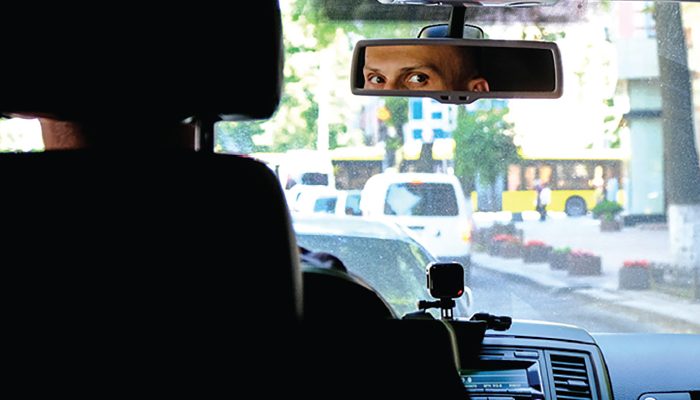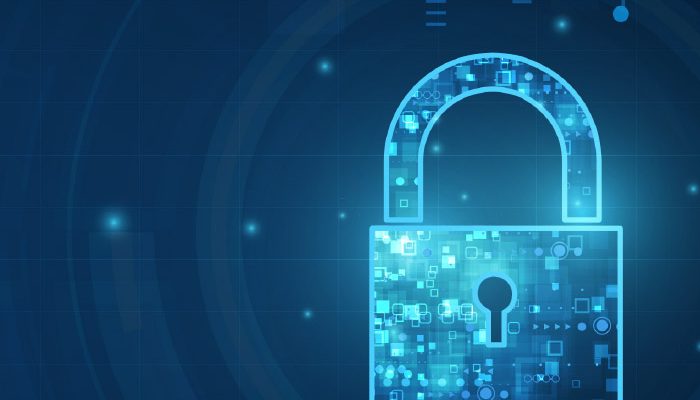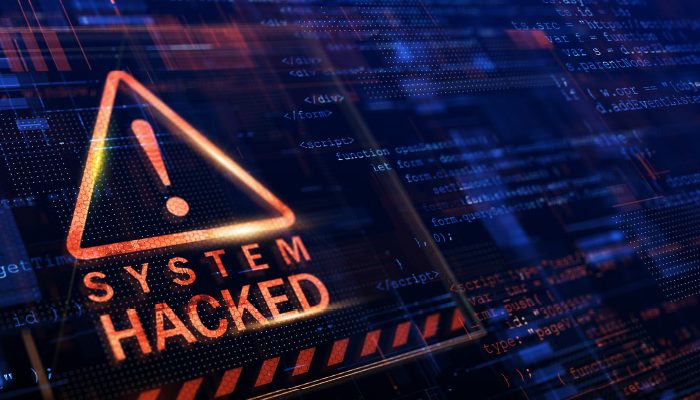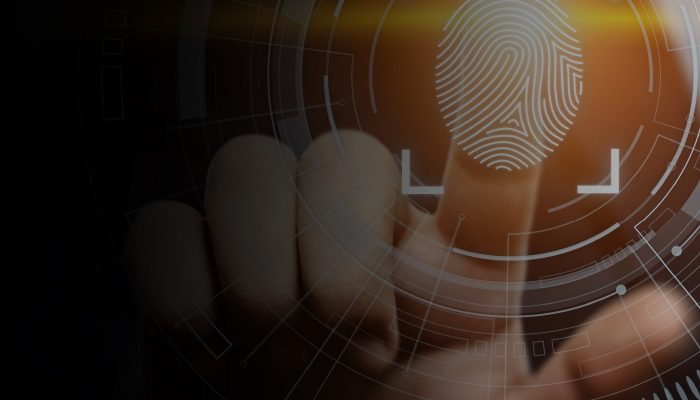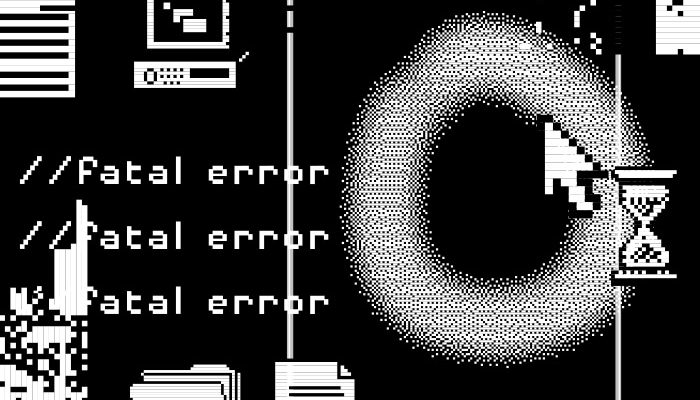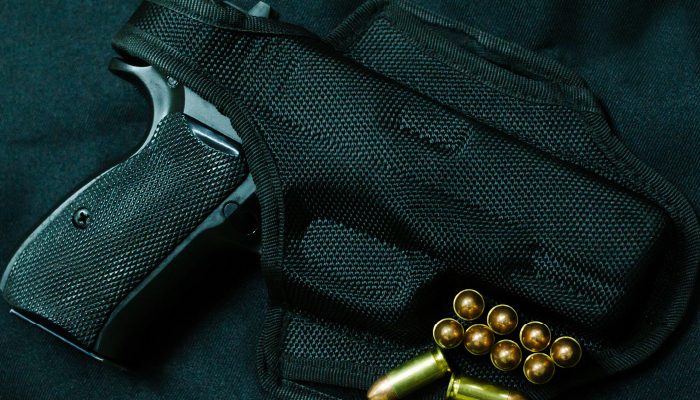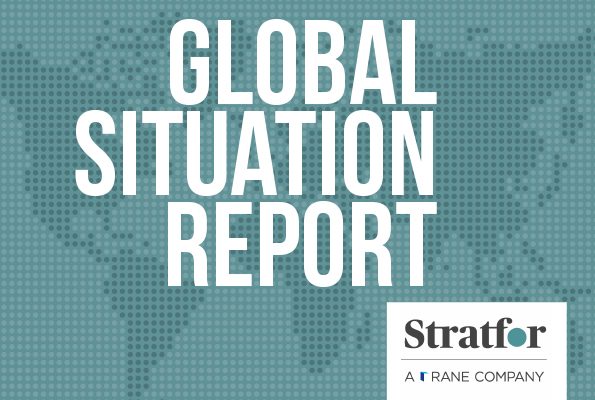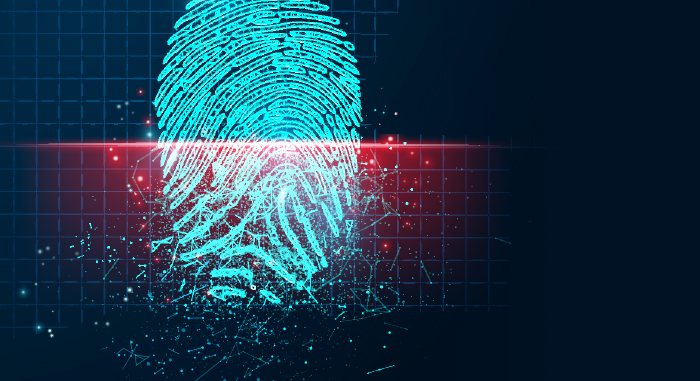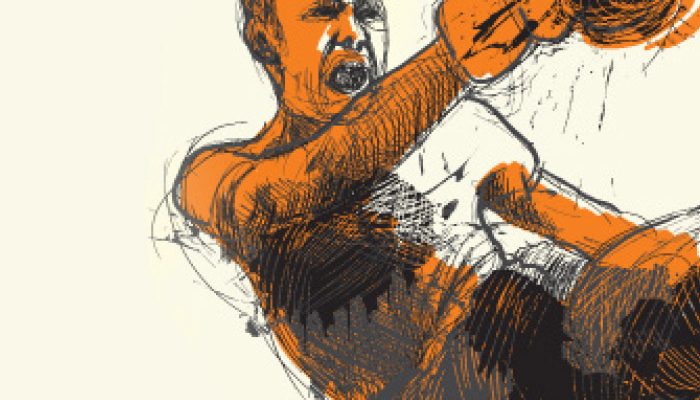Effective crisis management invariably involves social media, whether the organization is a large multi-national or a small hometown business. When a crisis erupts, the effective use of social media should be seen as a key priority to counteract the crisis.
The Key Elements of Counter Surveillance
Counter Surveillance is defined as the actions that a person (or team) carries out, in order to detect that a person (Principal) is under surveillance and to identify the composition and makeup of a hostile surveillance team.
In this article, Pete Jenkins talks through the key principles of a counter-surveillance operation.
Cyber Security
Especially while many people are still remote, technology has become more and more central to people’s lives, and we are talking about ways that things will or will not return to normal. As we hear about more and more cyber security incidents, each supposedly carried out by ‘sophisticated threat actors with unprecedented capabilities’, it’s time to talk about the mystique of cyber security and the problem it has with public perception.
Ransomware, Insurance, and Backups
Most people are not aware of the real impact and threat of ransomware campaigns going on almost constantly. While I’m sure everyone knows of the ransomware attack on the Colonial pipeline and the more recent similar attack on JBS, these are only the latest and most visible in a continuous stream of attacks. These are just the tip of the iceberg. The true scale is hidden not only by the media but also by a reluctance to talk about the problem.
Technology as a Standalone Security Solution – Are We Fooling Ourselves?
Is technology effective as a security solution or is it simply being misused? In this article, Ivor Terret shares his philosophy of the four pillars of effective and practical security and how they can only work together in conjunction – not as silos.
Introduction to Steganography
All the techniques of steganography share one core concept, trying to hide a message. When children draw stick figures as secret messages to each other, they are practicing steganography. Modern steganography is usually a lot more malicious. It is used in malware command and control and the exchange of illicit information and material. If you do not know where to look it is frighteningly hard to detect.
Tactical Firearms – Methods of Carry!
If you are carrying a handgun for defensive purposes, you need to be able to get to it when you need it.
On the market today, there is a wide variety of holsters to choose from that vary in price from a few bucks to a few hundred; some are worth it, many are not. What most people forget when considering carry techniques for a handgun or any weapons for that matter is that they are going to have to be able to access the weapon in all environments with both strong and weak hands.
Global Situation Report April 2021
Each issue our global geopolitical partner, Stratfor, provides an in-depth analysis of global incidents via in-house experts, cutting edge technology and through a comprehensive globally sourced network. Here is your summary from the last 30 days.
How anonymous are your conversations, really?
Maybe you’re a close protection officer, trying to arrange a safe route through a dangerous location, or a surveillance specialist trying to communicate with others in your team.
Perhaps you just don’t trust the local government. Whatever the situation, it’ll almost certainly be easier to focus on the task at hand if you aren’t worrying about whether your messages were possibly subject to being intercepted.
Cyber Security and Humans
Over 2020 cyber security and technology have only soared in terms of profile and importance, with talk about threats to remote working from technology, difficulties, and some dramatic outages. Logistics, enabled largely by technology, have been essential to keep things moving and give people support and normality.
Global Situation Report
Each issue our global geopolitical partner, Stratfor, provides an in-depth analysis of global incidents via in-house experts, cutting edge technology, and through a comprehensive globally sourced network. Here is your summary for the last 30 days. West Africa: Al Qaeda Is Expanding Operations in Benin and Ivory Coast Feb 2, 2021 France’s intelligence chief, Bernard […]
Industry News
We cast our eye over the main stories impacting the security industry. Here’s what’s appeared on the radar since the last issue.
Insecure Smart Houses
They are only of limited relevance today, but as the technologies involved become more widespread and implemented into every facet of life they will only become more prevalent. While it sounds like the stuff of science fiction, these threats exist now and are not going to go away.
For simplicity, we’ll say that a ‘smart’ device is anything which connects to the internet (or a network) and is not intended to be a computer interface. Intended is the key word there, as many of these devices are insecure for the simple reason that they are a computer. The problem is that it is now cheaper and easier to put a general purpose computer into a device and run some software to, for example, turn lights on and off than it is to design a single-purpose lightbulb which also connects to a network.
Industry News December 2020
We cast our eye over the main stories impacting the security industry. Here’s what’s appeared on the radar since the last issue.
Executive Protection Realities of the Industry and the Ugly Truth
Many newcomers in the protection business have a completely different idea of what the profession is, based on what they have heard or what Hollywood tells them it is. This lack of “truth” either leaves them disappointed or leaves them vulnerable to making mistakes while on duty.
It is common in our industry to see many of our colleagues posting pictures on the internet social media sites of “selfies” taken in first-class airline seats or the client’s private jet. More selfies show them with their feet up on a suitcase claiming ‘’another flight”, or posting from 5 and 6-star hotel rooms, or fine-dining restaurants, or next to a limousine parked in front of a private jet.
The Future of Self Defence Training
Consider this, when broken down to its most basic components, the vast majority of traditional self-defence courses only teach defensive responses to an attack once it has begun.
I am of the opinion that’s not only a bit late, it’s also certainly not enough to survive a Mass Casualty Event in these days and times. In light of that, I have found that Reality-Based Self Defence (RBSD) systems take things a bit further by teaching pre-fight tactics such as: creating safe distance; using non-aggressive body language; reading pre-fight indicators; and applying verbal de-escalation techniques. Yet all of that is still not enough to effectively survive a terrorist attack in a public space, especially if you’re with family or friends.
Stratfor Global Situation Report
Having informed insight in today’s increasingly complex international environment is more important than ever. That’s why we’ve partnered with Stratfor, the worlds leading geopolitical intelligence platform, to bring readers regular analysis and accurate forecasting of global trends from someone you can trust.
Training for Tactical Shooting
Handguns are meant for close-quarter shooting. Think about it; if someone is going to attack, kidnap or rob you on the street, they are going to be close, within conversational range. Now, look around your home or business and see what the maximum distance is that you would have a clear shot at a criminal or terrorist, for most this will be less than 10 yards/meters. This places emphasis on close quarter instinctive shooting over precision target shooting. As part of your training practice for long distance shoots (for handguns, this means over 25 yards), you should try hitting targets out to and over 100 yards. This will improve your handgun skills and show you your capabilities and limitations, but the emphasis should be on close quarter instinctive shooting.
Counter-Ambush Tactics for Security Professionals – Part 2
The first two of these tenets involve soft skills which are sometimes referred to as Protective Intelligence (PI) and include situational and tactical awareness skills (route analysis and surveillance detection). The third tenet, Defend, requires hard skills such as the use of firearms and security driving. These hard skills may be required if we were unable to prevent or avoid an attack, and we end up in a situation where we have to survive an ambush. Continuing where we left off in Part One, we will finish covering some of the soft skills involved in Protective Intelligence and then move on to discuss the hard skills.
Hiding from OSINT
It often comes as a surprise just how much is available, and the nefarious uses it can be put to. OSINT can be applied towards defensive purposes, but we will be looking only at malicious purposes. One of the biggest challenges of OSINT is not merely recognising it as a threat, but encouraging the behavioural change needed to protect against it widely enough. It is not enough simply for a principal to stop posting Instagram pictures of their travels in order to hide them – their colleagues, friends, family, and employees also need to be aware of the need to take care with information which could be misused.

